Multilayer Oil-resin Technique
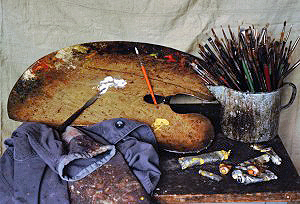 According to Egon von Vietinghoff, art is not simply a trick to impress. A true work of art is more than a product of specialized knowledge or the result of diligent hours of labor.
According to Egon von Vietinghoff, art is not simply a trick to impress. A true work of art is more than a product of specialized knowledge or the result of diligent hours of labor. These skills, however, are fundamental to translating the artistic inner vision into a visible painting. This is the decisive precondition for artistic creation, because without a spiritual component there is only a plain copy of the subject emerging. (see the chapters both about naturalism and mystic).
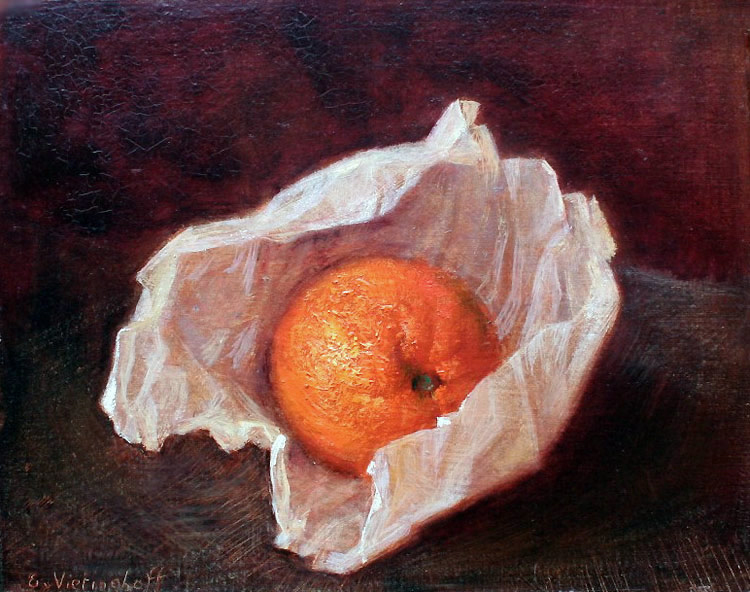 In the past, the theory and the knowledge of craftsmanship were orally passed from the master to the student. Due to the radical change, made by the impressionists, the knowledge of the multilayer oil-resin technique, which was cultivated for centuries, petered out.
In the past, the theory and the knowledge of craftsmanship were orally passed from the master to the student. Due to the radical change, made by the impressionists, the knowledge of the multilayer oil-resin technique, which was cultivated for centuries, petered out. Vietinghoff rediscovered it in self-taught studies, applied it masterfully in his own work and recorded it in his handbook. The characteristic vividness and warm luminosity of his paintings are based on it.
The reason for the long tradition of the multilayer painting technique is the fact that it provides a unique diversity of differentiation. In addition, the variation of the basic process allows the artist to work in a very individual way. Thus it can be adapted to the particular preference of each artist.
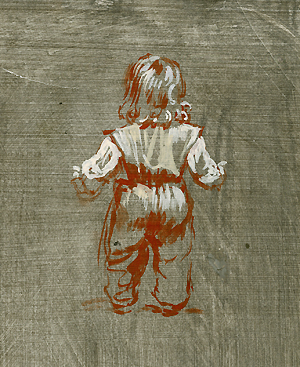
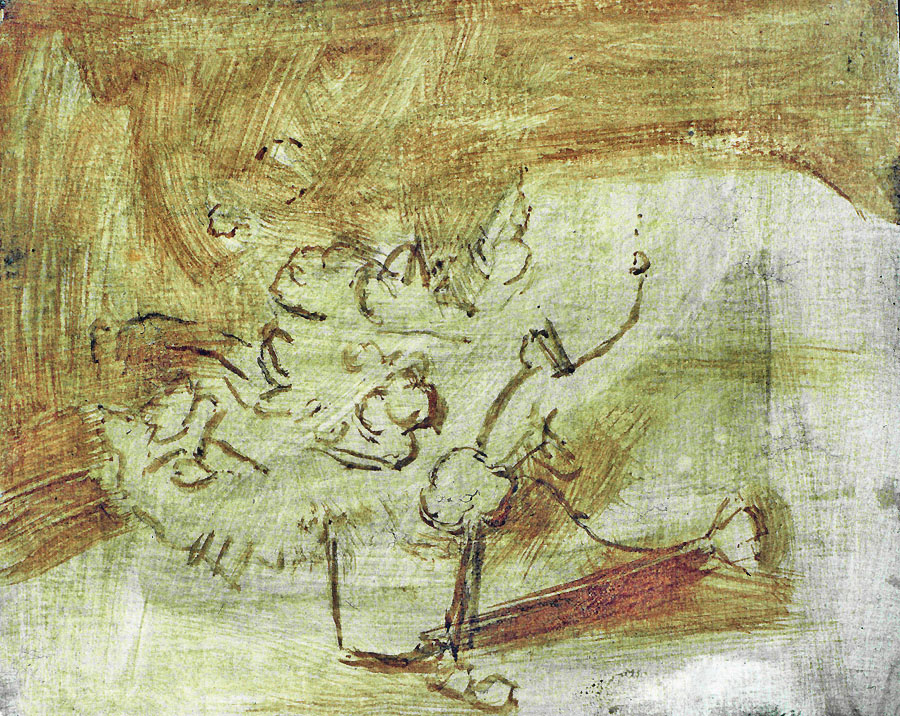
In this process, two or three colors are separately layered one over the other. So that they remain separate and are not mixed by running, the first paint must dry or each layer needs to contain binders to separate them. This is the big difference to the "alla prima" method, the wet on wet technique, which became dominant among the impressionists and has continued to be the most common method in art since the second half of the 19th century.
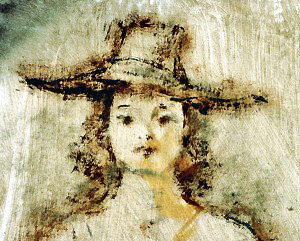
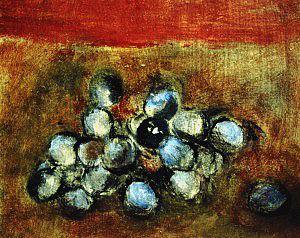
With the multilayer method, the process of creation is divided into single phases of evolution and the final impression of color is built step by step. Liquid and very thin layers (glazes), can be applied several times to give a new color impression. The applied overlying paints can be translucent, semi-covering or thick.
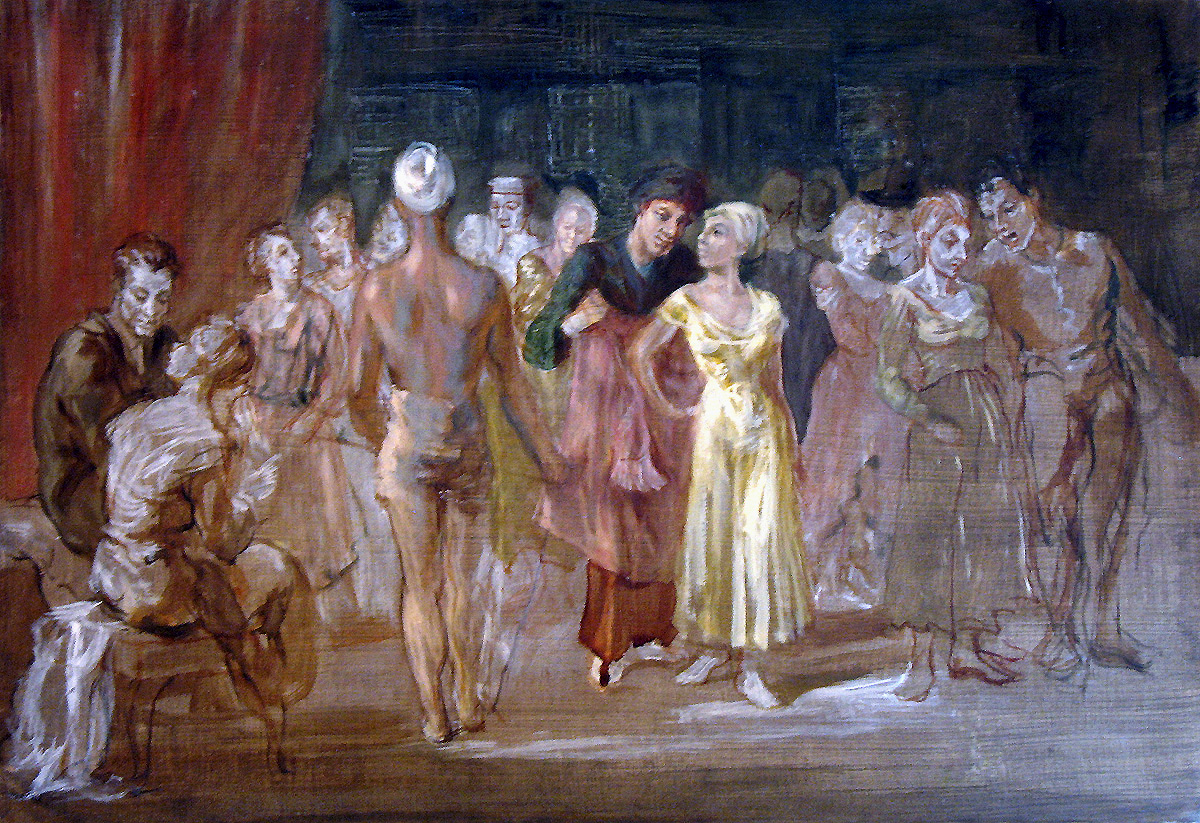
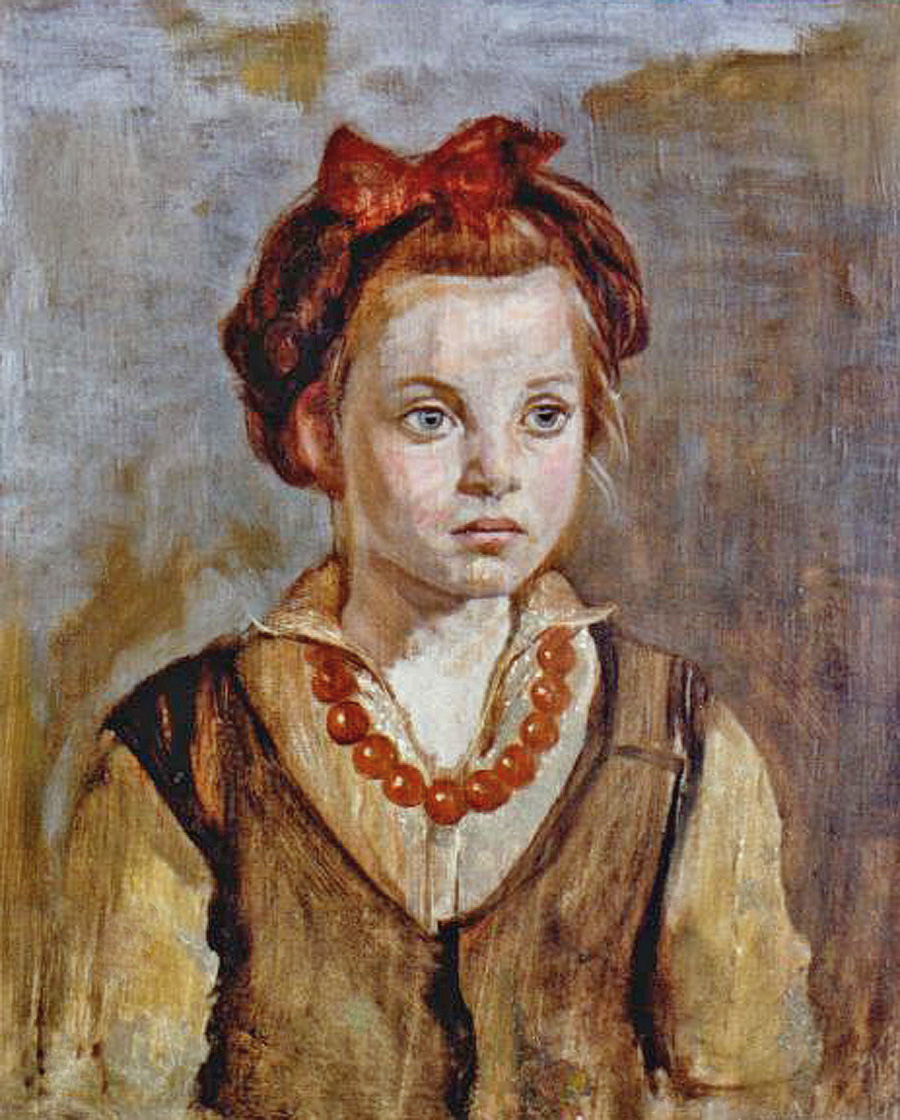
Translucent glazes also may be bright or dark and alternate several times, so that there be many layers on the canvas. The painter may start with a rather dark base (grounding), create the forms of the objects with brighter paints and finally shade with darker strokes again. Or on the other hand, after beginning with a bright base, the painter may create dark forms which later can be differentiated and partly lightened by overlying bright spots.
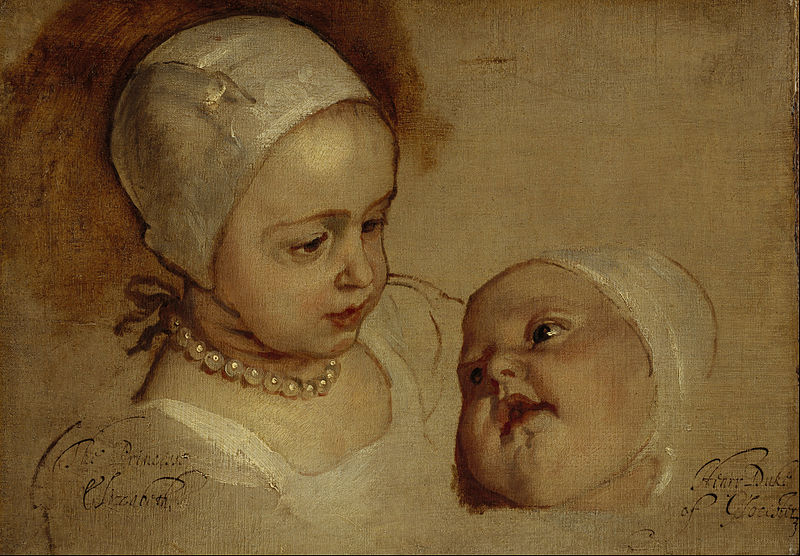
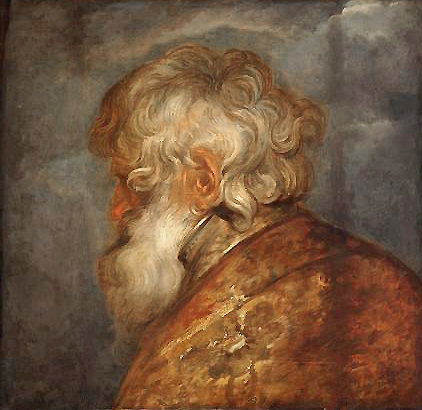
The artist can selectively use this or that method, depending on his visual perception. Each one of the Old Masters suited this method to his artistic vision and to his way of working, either surely and quickly or gradually to slowly develop the picture.
The individual way of the paint application is often called the painter’s handwriting.
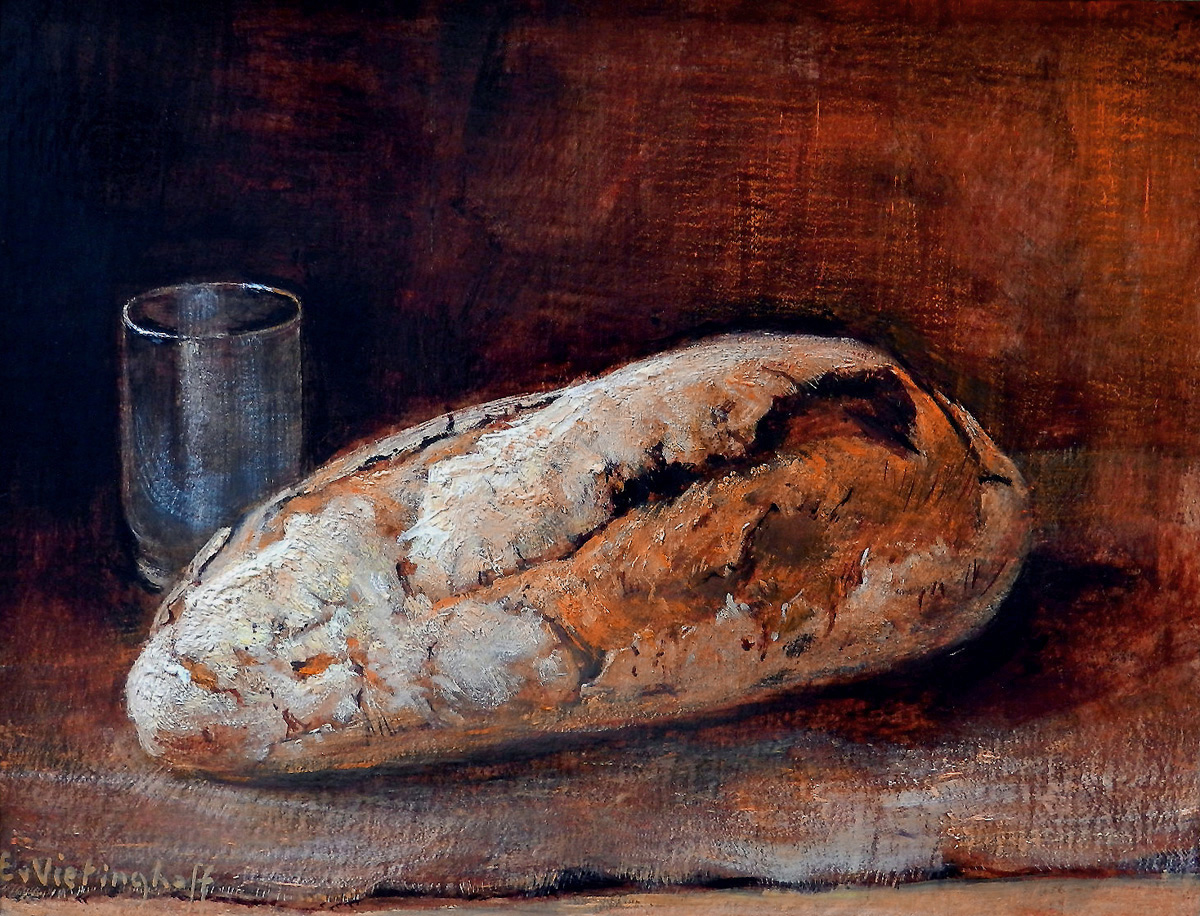 Vietinghoff followed the proven principal of the Old Masters to apply the paints in a more "creamy" and generous way, the brighter they are. Thus, the lights appear more intensive and reflect on the surface. This effect increases by contrast to the rather dark but translucent background where the base is shining through. (See chapter "The translucency of the color")
Vietinghoff followed the proven principal of the Old Masters to apply the paints in a more "creamy" and generous way, the brighter they are. Thus, the lights appear more intensive and reflect on the surface. This effect increases by contrast to the rather dark but translucent background where the base is shining through. (See chapter "The translucency of the color")Using the multilayer working process, the painter can better harmonize the different parts of a picture because they emerge gradually from the ground and he can consider the mutual influence of the colors while painting. Each added paint changes its environment due to various interactions and in return is changed itself. Everybody knows this kind of optical illusion when a red disk on black ground looks different than on a green or white ground.
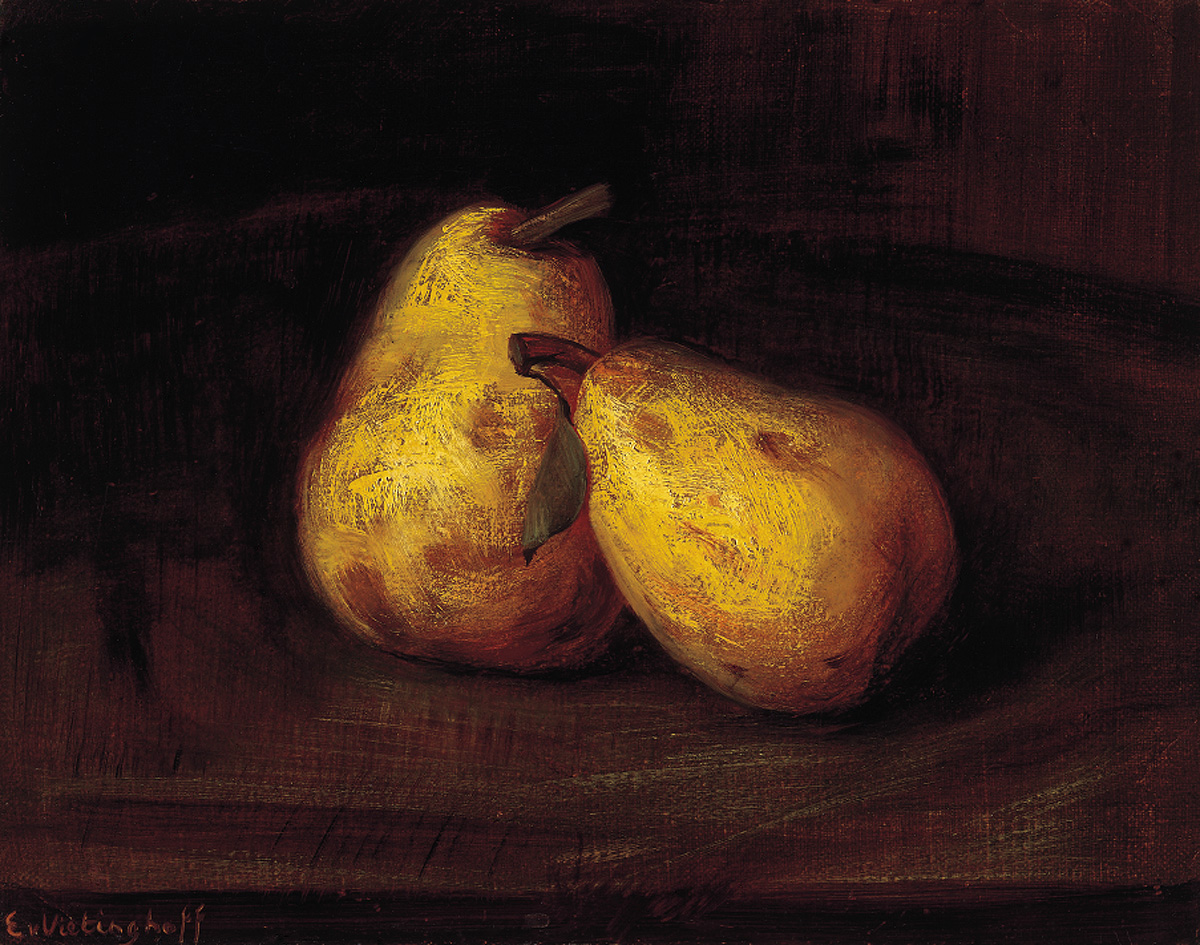 Also, the texture of the canvas and the reflection of the light on the base can be considered in the creation of the final impression. The various levels of reflection cause an effect of depth and color differentiation which cannot be achieved with one layer or wet on wet technique.
Also, the texture of the canvas and the reflection of the light on the base can be considered in the creation of the final impression. The various levels of reflection cause an effect of depth and color differentiation which cannot be achieved with one layer or wet on wet technique.For instance, in one part of the painting the light may find its way through three translucent layers, to the bright base and is reflected from there, which suggests a feeling of translucency and depth. All these together create a natural plasticity. In the next spot, there may be another part with only two layers but of complementary colors lying over each other. Imagine the light is going through the first one but is reflected from the lower one, without reaching the base. At a third place, an opaque paint is generously applied so that the reflection occurs immediately on the surface. Due to the color interaction, the quality of color and light of the whole picture changes each time one more paint is added.
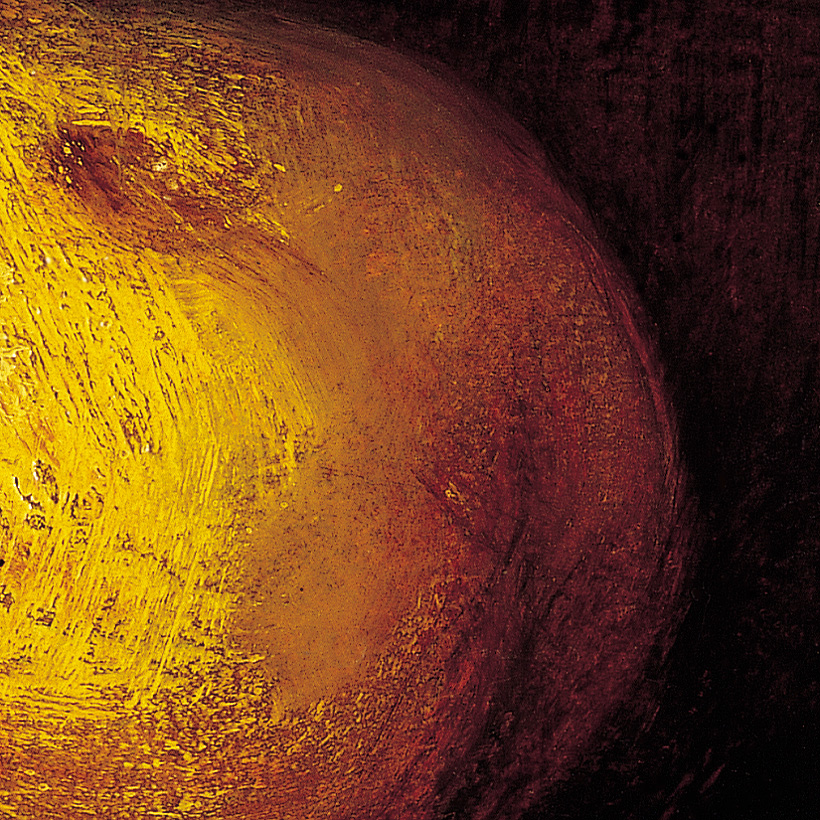 Such different situations may occur several times in the same painting and even on the same object. They give structure and create the object in a differentiated way. The multilayer technique can also be used in a literal understanding if, for instance, a thin and translucent glaze represents the similarly thin and translucent inner skin of a blood orange, covering the glowing red color representing the flesh below.
Such different situations may occur several times in the same painting and even on the same object. They give structure and create the object in a differentiated way. The multilayer technique can also be used in a literal understanding if, for instance, a thin and translucent glaze represents the similarly thin and translucent inner skin of a blood orange, covering the glowing red color representing the flesh below. Even when painting the same subject, these three different situations may occur several times next to each other. They structure and shape the subject in differentiated modes. The curve of the pear in the direction to the beholder is produced by thick and bright color layers. The background is created with dark and thin color through which the texture of the lighter tint of the canvas is visible. The fruit’s body is not exactly delimited from the background but its color interacts with the fruit; the shadowy section of the pear receives the darker background’s tint.
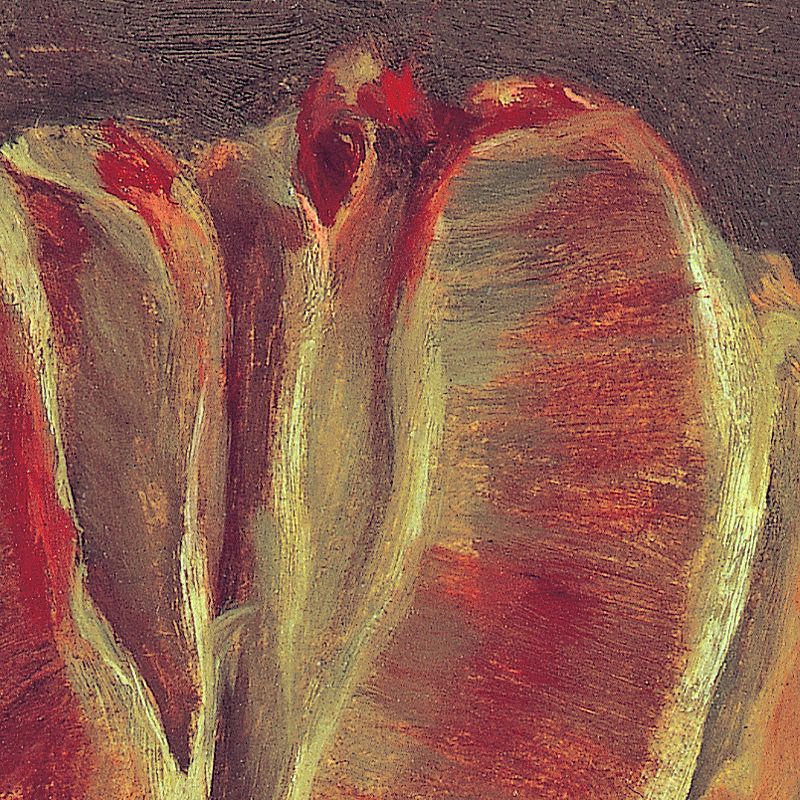 Just like the real fruit, the strong red color of the flesh is shining through the thin skin which is translucent both on the model and on the canvas.
Just like the real fruit, the strong red color of the flesh is shining through the thin skin which is translucent both on the model and on the canvas.The light reaching this picture may be reflected on the top paint only by 10%, a further 70% may penetrate the thin skin being reflected from the paint of the flesh and 20% may reach the base.
These three levels of reflection give the illusion of true depth as it is inherent in the fruit itself.
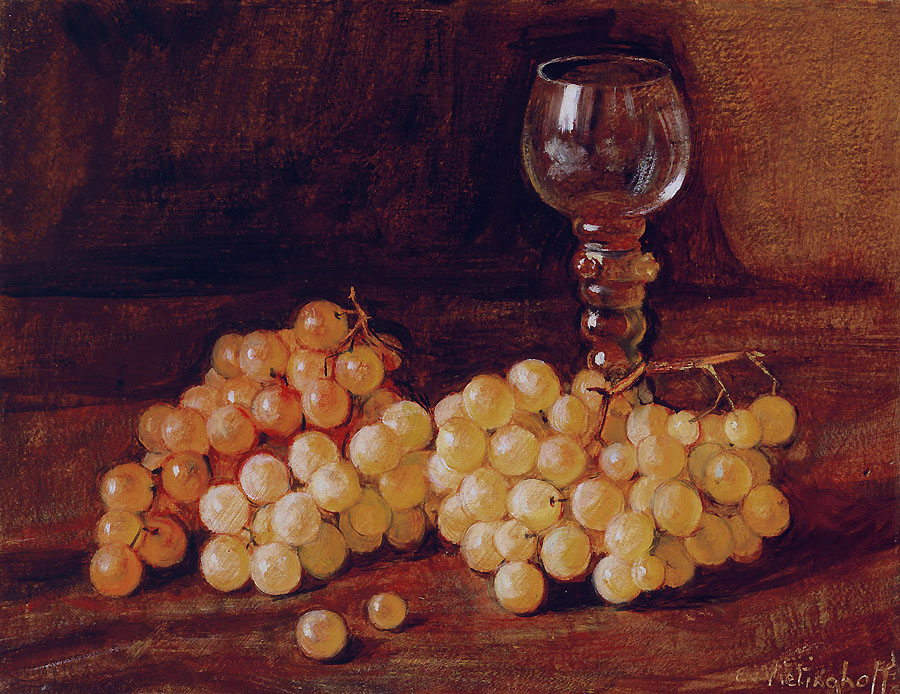 Therefore, the original plasticity emerges and the three-dimensionality is credible and comprehensible as it is natural. The complex light reflection, graduated in fractional millimeter increments, is the "secret" of this painting technique.
Therefore, the original plasticity emerges and the three-dimensionality is credible and comprehensible as it is natural. The complex light reflection, graduated in fractional millimeter increments, is the "secret" of this painting technique.The enlargement shows how thin and transparent the layers of color are applied: you can even see the brush stroke of the primer. This phenomenon is clearly demonstrated on the grapes (see below): the thin skin of each grape is rendered as a very fine touch of color. In realty, the fruit’s flesh is visible through its fine skin. In analogy to the natural phenomenon, the diagonally applied primer shines through the extremely thin, transparent glaze.
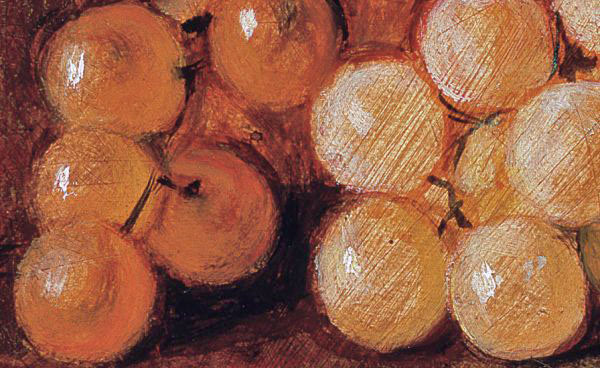 This is creation solely with paint and the interaction of color. No other aid and means of expression are needed, such as relief, collage or vanishing point. Egon von Vietinghoff practiced and formulated the "pure painting art" without borrowing elements from other art genres. I
This is creation solely with paint and the interaction of color. No other aid and means of expression are needed, such as relief, collage or vanishing point. Egon von Vietinghoff practiced and formulated the "pure painting art" without borrowing elements from other art genres. IIn his opinion, words and poems, mobile and acoustic surprises, as well as combinations with "events" may be interesting experiments but by leaving the category of visual art, they lead to a misunderstanding of what art is.
Many times, by doing so, the genre of plastic art is even completely disregarded. Vietinghoff consequently strived after a creation which is clean of anecdotic and ideological messages, both in theory and his work.
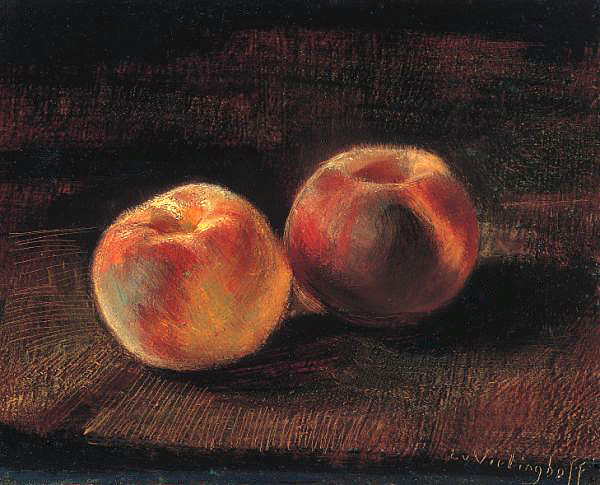 Vietinghoff documented his self-taught studies over decades and lived to see its publishing as the "Handbuch zur Technik der Malerei" (Handbook of painting technique).
Vietinghoff documented his self-taught studies over decades and lived to see its publishing as the "Handbuch zur Technik der Malerei" (Handbook of painting technique). Here, he defined for the first time in writing
the phenomena of translucency as an important property of paint and color.
Other topics of the lost multilayer technique are systematically described and illustrated with examples.